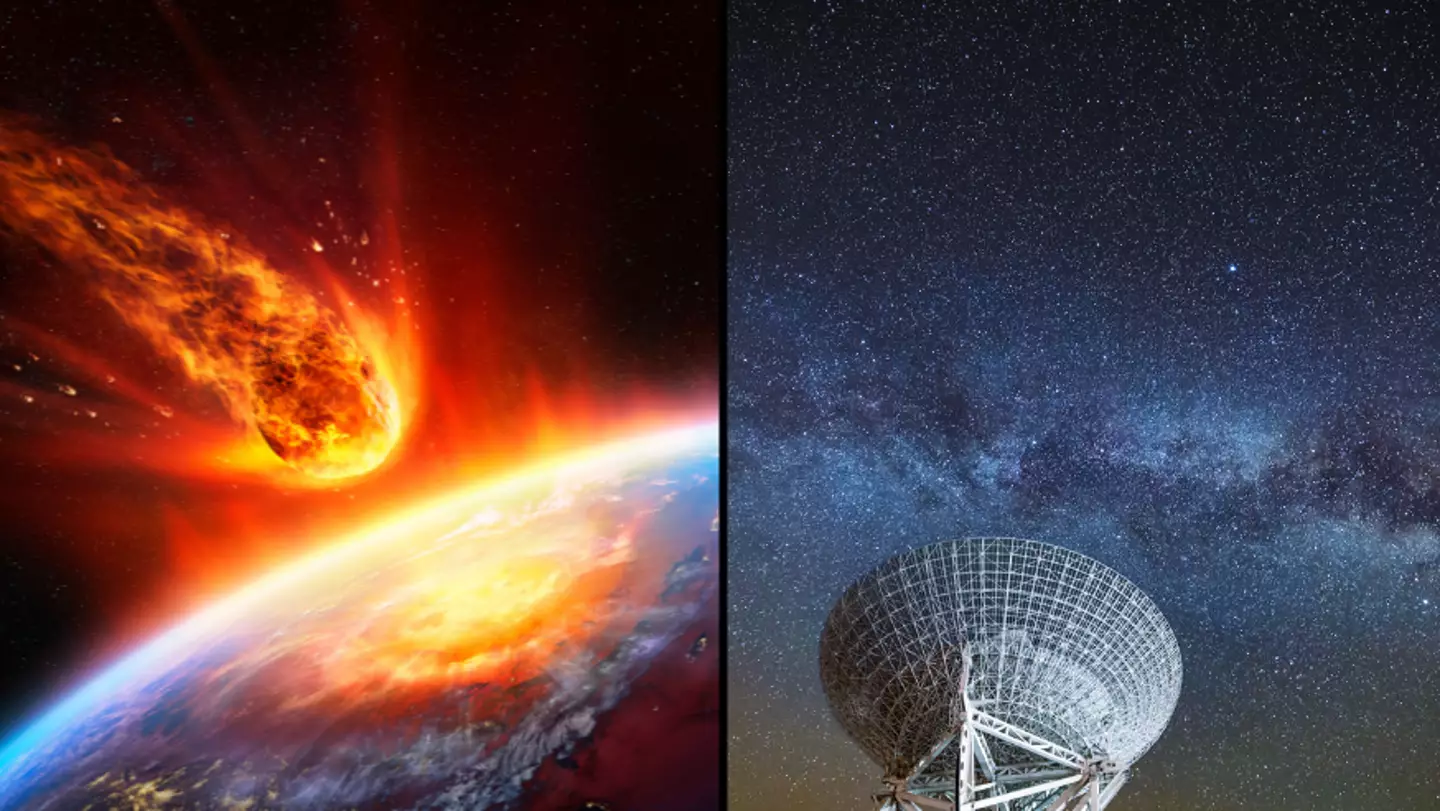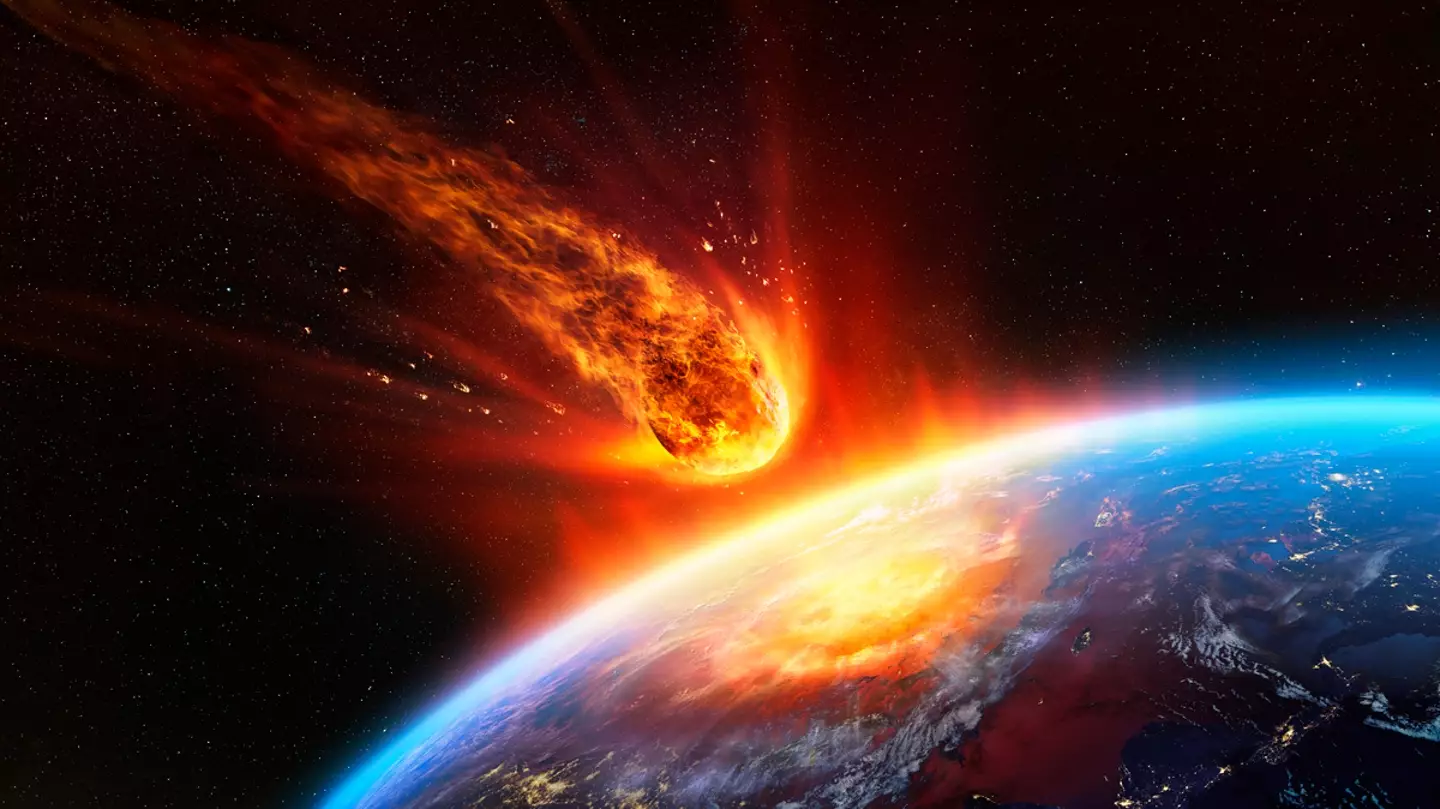
Scientists have warned that a so-called 'devil' comet has exploded in the skies and is hurtling towards Earth.
Yep, you read that right - a two horned terror that is three times the size of Mount Everest is inbound for our planet.
With an estimated diameter of 18.6 miles and a satanic silhouette, it is set to be visible to the naked eye when it eventually rocks up.
Advert
Thankfully, we don't need to start climbing into bunkers and saying a Hail Mary just yet, as it won't hit us.
But the comet is set to put on a spectacular show in the skies when it reaches its closest point to Earth next year.
It goes by the name of 12P/Pons-Brooks (or 12P for short), but has been given its devilish nickname because it looks like it has horns.

Astronomers recently spotted that it had exploded in space for the second time in four months.
Advert
The nucleus of the city-sized celestial object is filled with a mix of ice, dust and gas, known as cryomagma.
Its centre is also surrounded by a cloud of gas known as its coma, which began to shine even brighter than usual after the latest blast.
When solar radiation warms up its internal components, the pressure begins to build up and eventually triggers an explosion.
The icy elements then shoot out into space through cracks in the nucleus' shell, which gives the comet its horn-like features.
Advert
Scientists have also pointed out its unusual shape gives it a strange resemblance to the Millennium Falcon spaceship from Star Wars.
The British Astronomical Association (BAA) has been keeping a close eye on the comet, which was last seen by humans in 1954.
Space boffin Richard Miles, from the BAA, explained: "The two ‘horns’ may be caused by a peculiarly-shaped cryovolcanic vent with some sort of blockage causing material to be expelled with a weird flow pattern."

Scientists detected the second explosion on October 5, after noticing 12P had became a dozen times brighter.
Advert
This was because of the extra light reflecting from its expanded coma, according to the BAA.
Over the next few days, its 'peculiar horns' sprouted as the gas continued to expand away from the comet.
Miles says it is one of 20 known cryovolcanic comets - which essentially means it has an active ice volcano and spews out things like water, ammonia or methane into extremely cold environments.
Jose Manuel Pérez Redondo managed to take a few snaps of the incredible explosion via a 2.0-m Faulkes Telescope North located on the Hawaiian island of Maui.
Advert
Although the comet is currently charging towards Earth, it's still got a long way to go before it reaches its closest point to us.
This is predicted to occur on April 21, 2024, and experts suggest we may be able to spot it soaring through the skies.
Although you might be able to see it without a telescope, it might be an idea to get yours dusted off and ready.
That's because it won't make a return back in our direction until 2095 - and us lot might be long gone by then.
Even at its closest point, the comet will still be a whopping 232 million km away from us.
Featured Image Credit: Getty stock ImagesTopics: Science, Space, World News, Technology, News